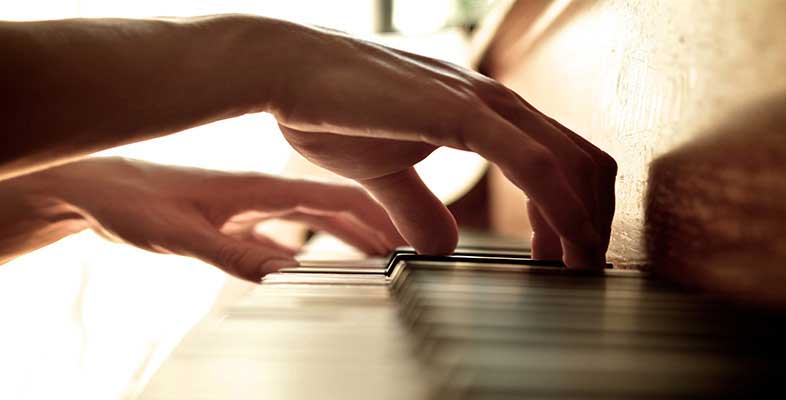Group 1: identifying various different elements
Mozart, Piano Concerto in C minor, K491
Activity 1
a.
very slow
b.
smoothly
c.
slow, but not as slow as largo.
The correct answer is c.
Answer
Largo means very slow, and the Italian term for ‘smoothly’ is legato.
Activity 2
a.
E flat major
b.
A flat major
c.
C minor
The correct answer is a.
Answer

All the notes in the melody are contained within the scale of E flat major, and B naturals are absent, suggesting that C minor, the minor key with the same key signature as E flat major, is unlikely. A flat major is incorrect since it has a key signature of four flats, not three.
Activity 3
a.
octave
b.
sixth
c.
seventh
The correct answer is b.
Answer
The last note in the second bar is a B♭ and the first in bar 3, a G. If we count up the scale starting from the B flat (B♭–C–D–E♭–F–G) we find that the interval is a sixth.
Activity 4
a.
B♭
b.
B
c.
A♭
The correct answer is a.
Answer
On the treble staff the note sitting on the first ledger line above the staff is a B. However, the key signature of three flats signifies that all Bs in this extract (unless modified by accidentals) are B♭s.
Activity 5
a.
submediant
b.
leading note
c.
supertonic
The correct answer is b.
Answer

Since the melody is in E flat major with E♭ as the tonic, D is the seventh note up from E♭ (E♭–F–G–A♭–B♭–C–D). It is therefore the leading note.
